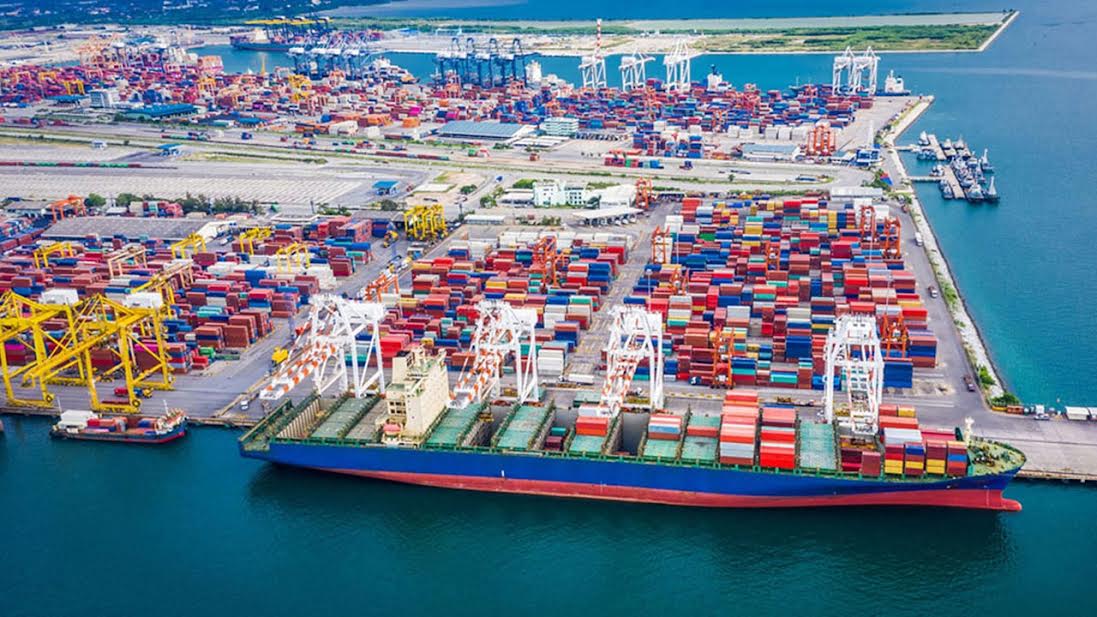News Flash
News Flash

CHATTOGRAM, Aug 10, 2025 (BSS)- Chattogram Port authorities have detected the presence of radioactive material in a container carrying scrap that had visited four international ports from Brazil.
After the signal was detected in the port's "Megaport Initiative Radiation Detective Syste (MPRDS)", the customs authorities immediately suspended the unloading of the container and moved it to a separate location.
According to customs sources, the container contained old iron pieces (scrap). Three radioactive isotopes were detected in the container during the initial and second-stage tests through radiation detection equipment: Thorium-232, Radium-226 and Iridium-192. The initial test found the radiation level to be 1 microsievers.
Although it is not considered high-level radioactivity, the container has been kept separate as a precautionary measure as it is difficult to determine the actual level due to the iron and container.
On Sunday, Chattogram Customs Joint Commissioner Mohammad Marufur Rahman said, "After receiving the warning signal, we have suspended the unloading of the container and kept it in a separate place. Now a letter is being sent to the Atomic Energy Commission informing them about the matter. Scientists will come and conduct an on-site examination. Only then will necessary measures be taken."
It is learned that Al Aqsa Steel Mills Limited of Demra, Dhaka, imported 135 tonnes of scrap from Brazil in five containers. The container that was detected to be radioactive is one of them. It was unloaded from a ship named 'MV Mount Cameron' at Jetty No. 9 of Chattogram Port on August 3.
On August 7, the 'Megaport' device detected a radioactivity signal while unloading through Gate No. 4 of the port. According to tracking by Swiss-based shipping company Mediterranean Shipping Company (MSC), the container was shipped from Manaus, Brazil on March 30.
The container then stopped at the ports of Cristobal Port in Panama (April 18), Rotterdam in the Netherlands (May 3), and Colombo in Sri Lanka (July 15). From Colombo, it arrived at the Chattogram Port on July 28 on the ship "Mount Cameron".
Although three of these four ports have radiation detection devices, the container was not detected by them. As a result, it entered the Chattogram Port unhindered.
However, it was detected by the radiation detection system of the Chattogram Port, which was set up in 2011 with US funding. This is not the first radioactive scrap to arrive from Manaus Port.
On December 14, 2021, a container sent from Manaus to Chattogram Port was detected to be radioactive during a ship change at the Port of Malta.
The container was then sent back and taken to the Port of Suape, Brazil on June 23, 2022.
Later, scientists from the National Nuclear Energy Commission of Brazil separated the radioactive material from the container and transferred it to a storage facility. Radium-226 was detected there. This information was published in a recent study in the Brazilian Journal of Radiation Sciences
(BIJRAS).
This article was published on July 15. Radioactivity was detected for the first time in Bangladesh on April 29, 2014. Radioactivity was detected in a stainless steel container on its way from Chattogram Port to India at the Port of Colombo.
Later, when it was brought back, Bangladeshi scientists tested it and identified the radioactive substance 'radium beryllium', whose radiation level was 12,000 millisieverts per hour.